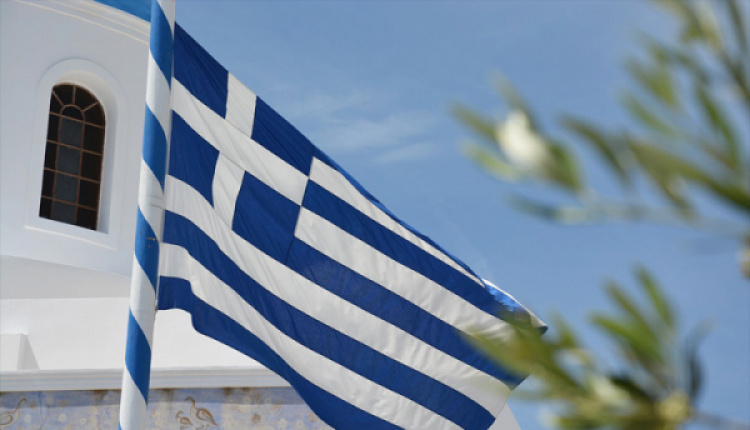Interesting Facts About The Flag Of Greece
- by XpatAthens
- Wednesday, 27 October 2021

Usually referred to as the blue and white ('galanolefki' or 'kyanolefki' in Greek), the national flag of Greece consists of a white cross on a blue background in the upper left corner of the flag and nine horizontal stripes of blue alternating with white.
There is a blue canton in the upper left-side corner bearing a white cross which represents Eastern Orthodox Christianity, the official religion of the Greek nation, and follows a proportion of 2:3. Even though there is no designated shade of blue, most flags in Greece tend to feature dark or royal blue.
There is a blue canton in the upper left-side corner bearing a white cross which represents Eastern Orthodox Christianity, the official religion of the Greek nation, and follows a proportion of 2:3. Even though there is no designated shade of blue, most flags in Greece tend to feature dark or royal blue.
Even though it is widely accepted that the nine stripes represent the nine syllables of the phrase 'Eleftheria I Thanatos' which means Freedom or Death, some people say they are intended to symbolize the nine letters of the Greek word 'freedom' (eleftheria). A third theory states that the stripes derive from the nine Muses of Greek mythology. However, there is a consensus on chosen colors, which symbolize the colors of the Greek sky and sea.
The current Greek national flag was adopted in 1978 and is used on both land and sea is also the war and civil ensign, replacing all other designs surviving until that time.
To learn more about the national flag of Greece, please visit: Wikipedia


